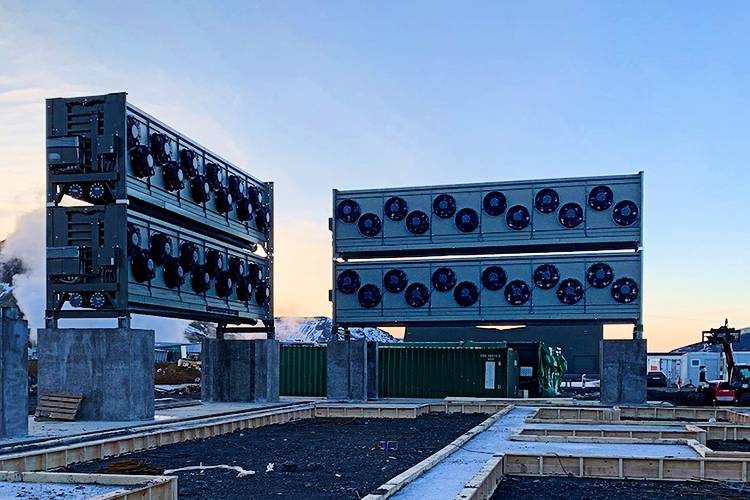A new analysis from MIT Energy Initiative researchers suggests that current climate strategies relying on direct air capture (DAC) technology may be based on unrealistic assumptions about the technology’s future costs and scalability. The study outlines four main challenges facing DAC deployment, including the massive scale required, the significant energy demand, the difficulty of finding suitable locations for implementation, and the high projected costs compared to current market prices for carbon removal credits.
With global temperatures exceeding the Paris Agreement’s 1.5°C target, the effectiveness of DAC technology in removing carbon dioxide from the atmosphere is under scrutiny. The researchers caution against relying solely on DAC to combat climate change, noting that the technology may not be able to scale up to the levels needed to make a significant impact. Despite these challenges, the researchers recommend continued development of DAC technology to support emissions reduction goals.
DAC technology works by removing carbon dioxide directly from ambient air using chemical processes. However, the current market price for DAC-based carbon removal credits is around $1,500 per tonne, much higher than the $100-200 per tonne assumed in many climate models. Additionally, large-scale DAC deployment could require over 40% of current global electricity production.
In conclusion, the MIT team urges caution in relying on DAC as a sole solution to climate change and emphasizes the need for further research and development to address the engineering and economic challenges facing the technology.
Source
Photo credit scienceblog.com




